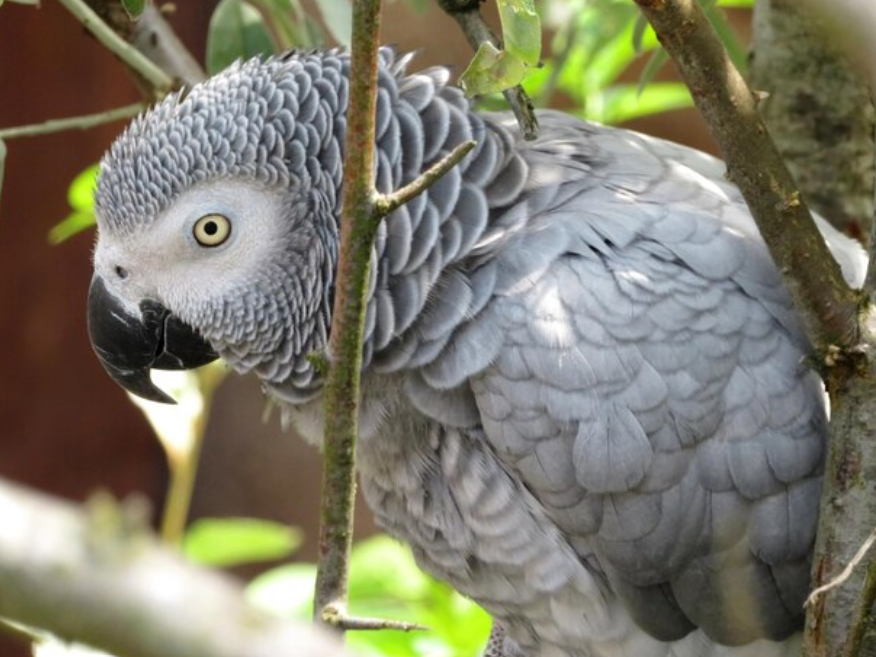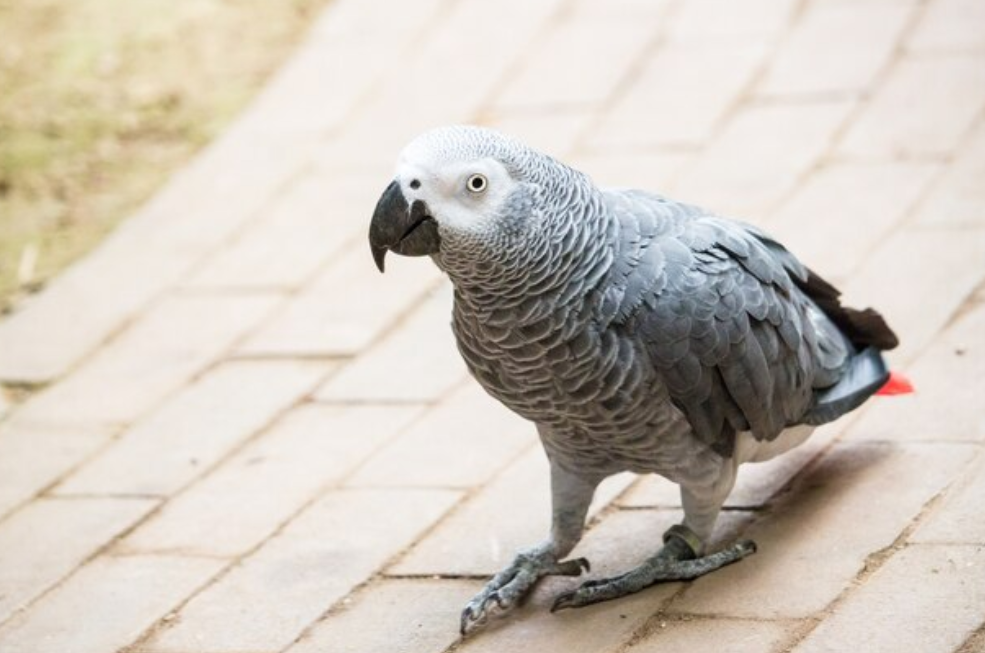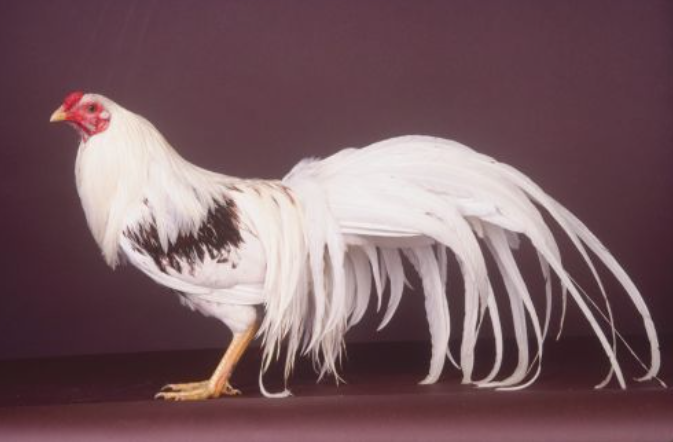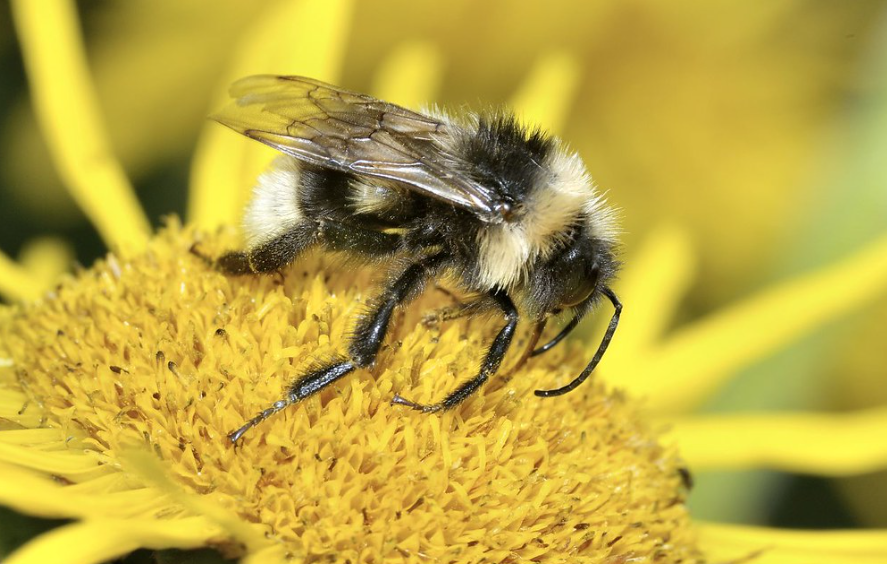
Quick Top 10 Facts about African Grey Parrot
| SCIENTIFIC NAME | Psittacus erithacus (African Grey Parrot) |
| CLASSIFICATION | KINGDOM: Animalia CLASS: Aves ORDER: Psittaciformes FAMILY: Psittacidae PHYLUM: Chordata GENUS: Psittacus |
| SIZE | Length: 33 cm (13 inches) Wingspan: 46–52 cm (18–20 inches) Weight: 400–500 g (14–17.6 oz) |
| HABITAT | Dense forests, forest edges, and savannas in West and Central Africa |
| DIET | Herbivorous – Feeds on fruits, seeds, nuts, and leafy matter; occasionally insects |
| SPECIES | African Grey Parrot (Psittacus erithacus) and Timneh Parrot (Psittacus timneh) |
| COUNTRY | Native to countries like Congo, Ghana, Cameroon, Ivory Coast, and Uganda |
| GESTATION PERIOD | Incubation period: 28–30 days |
| LIFE SPAN | 40–60 years in captivity; 20–30 years in the wild |
| CONSERVATION STATUS | Endangered – Due to habitat loss and trapping for the pet trade |
Vocal facts about African Grey Parrot, which are known for their exceptional mimicry skills
Immensely intelligent and capable of mimicking human speech, the African Grey Parrot is an amazing bird. These parrots, who are native to the rainforests of West and Central Africa, are highly sought-after as pets because of their intelligent minds and charming dispositions. Bird lovers all across the globe may quickly identify and appreciate African Grey Parrots because of their dramatic grey feathers and vibrant red tails.
Highly intelligent and social nature, including their ability to mimic human speech and their need for mental stimulation
Their extraordinary intellect is among the most outstanding qualities of African Grey Parrots. It’s been shown that these birds can solve problems and even display a rudimentary sense of colour and number. They have gained recognition for their remarkable emulation of human speech, often acquiring a vast lexicon of terms and expressions. Due to their advanced comprehension and ability to obey complicated instructions, African Grey Parrots are very engaging and trainable pets.
Complex behaviours, such as problem-solving skills and their ability to form strong bonds with their owners
African Grey Parrots dwell in large groups in their native environment and are gregarious birds. Their vocalisations range from cries and whistles to mimicking the sounds of other bird species, which they use to communicate with one another. Aside from their lively behaviour, these parrots are also well-known for their ability to do acrobatics and handle items with their powerful beaks. Some African Grey Parrots have been known to reach 50 years in captivity—their owners may look forward to having lifetime friends from their pets.
Fascinating facts about African Grey Parrot as a popular and intelligent pet bird
African Grey Parrots are renowned for their intelligence and exceptional vocal imitation skills. Originating from the rainforests of West and Central Africa, these stunning birds are in great demand as pets because of their social disposition and remarkable cognitive capacities. Below are some interesting facts about the African Grey Parrot.
1. Intelligence and Problem-Solving Skills: The African Grey Parrot is a popular and intelligent pet bird.
Grey African One of the most intellectual bird species is the parrot. They are able to solve challenging puzzles, identify themselves in mirrors, and comprehend and use human language. It has been noted that these parrots have significant cognitive abilities, including the ability to count, recognise shapes, and even comprehend fundamental mathematical ideas.
2. Imitation of various sounds, including human speech, environmental noises, and even musical tunes
The remarkable ability of African Grey Parrots to imitate human speech and other noises is one of their best-known characteristics. They are able to mimic a great variety of sounds and voices, such as those of their owners, musical compositions, and everyday noises. They have become well-liked pets because of this ability, and many have dubbed them the “Einstein’s of the bird world.”

3. Extended Life Expectancy due to highly intelligent and social nature
When compared to other bird species, African Grey Parrots have an amazing lifetime. With the right feed and care, they may survive for 50 to 60 years in captivity. It has been documented that some African Grey Parrots may live up to 80 years of age. They accompany their owners for the rest of their lives due to their lengthy lifetime.
4. Social Nature: Ability to mimic human speech and to form strong bonds with their owners
Grey African Due to their strong social nature, parrots love interacting with people. They get along well with their owners and love being a member of the family. For the sake of their wellbeing and to keep them from becoming bored, these parrots need cerebral stimulation and social engagement.
5. Feeding Habits: dietary requirements consist of a variety of fruits, vegetables, nuts, seeds, and pellets
The primary foods that African Grey Parrots eat are fruits, nuts, seeds, and vegetables. In order to keep their bones healthy, they also need a supply of calcium, such as cuttlebones or mineral blocks. To satisfy their nutritional demands, it’s critical to provide them with diverse and well-balanced food.
6. Conservation Status: Conservation organisations or initiatives dedicated to its protection
Because of habitat degradation and unlawful capturing for the pet trade, African Grey Parrots are classified as endangered. These parrots’ natural numbers have significantly decreased as a result of the desire for pets. African Grey Parrot conservation measures are under progress to save their native habitats and control the trade in these birds.
7. Adaptability to Emotions: Problem-solving skills and their ability to form strong bonds with their owners
Emotionally sensitive birds are reported to include African grey parrots. They are able to sense the emotions of their owners and respond appropriately. These parrots might get upset or exhibit behavioural problems if they feel abandoned or abused. They need a loving and caring environment to flourish.
8. Education and Instruction: Communication, social interaction, and territorial displays
For African Grey Parrots to remain healthy, enrichment activities and mental stimulation are vital. They take pleasure in playing with toys, solving puzzles, and picking up new skills. Training sessions may help maintain mental stimulation and improve the relationship between the owner and their parrot.
9. Feather-plucking Behaviour: Common health issues like feather plucking, respiratory infections, and nutritional deficiencies
When African Grey Parrots are bored, anxious, or don’t have enough cerebral stimulation, they often pluck their feathers. If feather plucking becomes excessive or self-injurious, it’s critical to provide them with a stimulating environment and see a veterinarian.
10. Responsible Ownership: Conservation efforts for this unique and fascinating species.
Keeping an African Grey Parrot involves a significant investment of time, energy, and money. These birds need a large cage, healthy food, frequent veterinarian attention, and plenty of mental activity. Before introducing an African Grey Parrot into your house, make sure you do your homework and know what comes with ownership.
Unique characteristics and abilities of African Grey Parrot
Due to their gregarious nature, intellect, and ability to replicate sounds, African Grey Parrots are really exceptional birds. For them to flourish as pets, the right care and attention are needed. You may have a lifetime friendship with these intriguing parrots by becoming familiar with their distinctive traits and creating a loving atmosphere for them.
FAQ (frequently asked questions) about African Grey Parrot
Q: What is an African Grey Parrot?
Ans: The African Grey Parrot is a highly intelligent and talkative bird native to the rainforests of West and Central Africa. It is renowned for its exceptional ability to mimic human speech and sounds.
Q: Where do African Grey Parrots live?
Ans: African Grey Parrots inhabit dense forests, woodlands, and savannas across countries like Ghana, Cameroon, and the Congo. They prefer humid environments with tall trees for nesting and foraging.
Q: What do African Grey Parrots eat?
Ans: Their diet includes fruits, nuts, seeds, berries, and leafy matter. In captivity, they require a balanced diet that includes pellets, fresh vegetables, and occasional fruit treats.
Q: How do African Grey Parrots defend themselves?
Ans: African Grey Parrots rely on flight and their awareness of surroundings to avoid predators. In the wild, they often form flocks for added protection and vigilance.
Q: How do African Grey Parrots reproduce?
Ans: African Grey Parrots are monogamous and nest in tree cavities. The female lays 2–5 eggs and incubates them for about 30 days, while the male provides food and protection.
Q: Are African Grey Parrots endangered?
Ans: Yes, they are listed as “Endangered” by the IUCN due to habitat loss and heavy trapping for the pet trade. Conservation efforts are ongoing to protect wild populations.
Q: How long do African Grey Parrots live?
Ans: African Grey Parrots can live up to 40–60 years in captivity with proper care. In the wild, their lifespan is typically shorter due to natural threats.
Q: What are the characteristics of African Grey Parrots?
Ans: These parrots have grey feathers, a white face, and a bright red tail. They are medium-sized birds known for their intelligence, strong social behavior, and vocal abilities.
Q: Can African Grey Parrots talk?
Ans: Yes, African Grey Parrots are among the best talking parrots. They can mimic human speech, understand context, and even use words to interact meaningfully with humans.
Q: Are African Grey Parrots good pets?
Ans: African Grey Parrots can make excellent pets for experienced bird owners. They require mental stimulation, social interaction, and a long-term commitment due to their intelligence and long lifespan.
#AfricanGreyParrot, #AfricanGrey, #TalkingParrot, #ParrotLovers, #BirdLovers, #PetParrot, #ExoticBirds, #ParrotsOfInstagram, #BirdPhotography, #SmartBird, #BirdLife, #FeatheredFriends, #BirdWatching, #CompanionBird, #AvianLife
Our sources and references about African Grey Parrot
1: Wikipedia
2: Encyclopaedia Britannica
3: IUCN Red List
4: Audubon Field Guide


